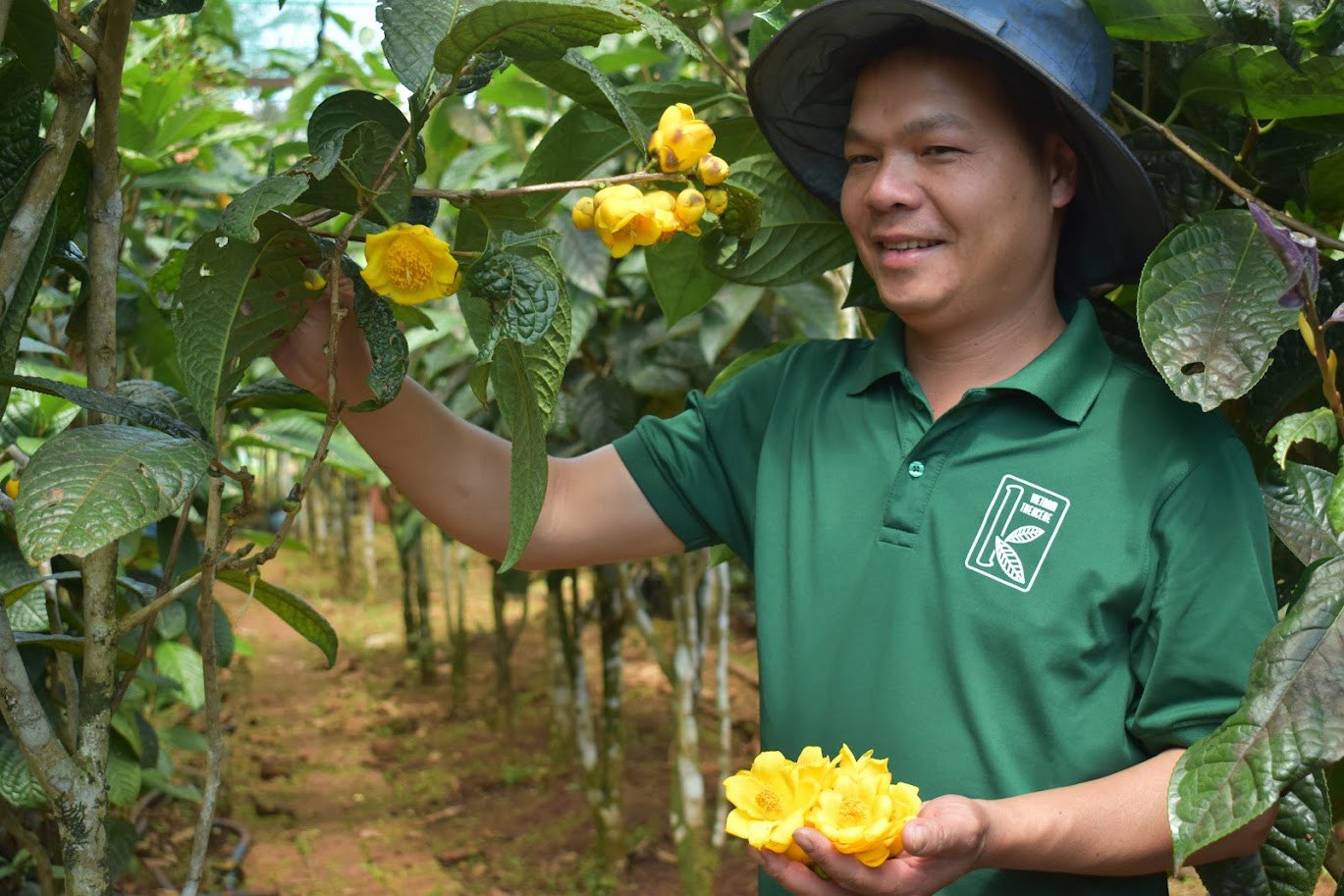 |
| Developing medicinal forest of yellow camellia in Me Linh commune, Lam Ha district |
The goal by 2030 is for the whole province to develop over 2,500 hectares of medicinal plants under the forest canopy, corresponding to a total output of about 40,000 tons/year. The form of growing medicinal plants under the forest canopy and intercropping on small, fragmented vacant land areas at the foot of hills, along rivers and streams belonging to the forestry land fund of organizations, households and individuals in the area. In addition to conserving 8 medicinal plant varieties on the periphery with an area of 3 hectares, the whole province will additionally plant 20 medicinal plant varieties in 7 ecological zones on a total area of about 7,500 hectares. It is expected that by 2050, the area and output of medicinal herbs in the whole province will double that of 2030 with the main species such as: Ngoc Linh ginseng, red pine, red polygonum multiflorum, codonopsis pilosula, orchid, tea vine, ginseng, coptis chinensis, safflower, wolfberry, green plum, Lang Biang ginseng, thousand-year-old ginseng, bo chinh ginseng, golden flower tea, cardamom...
Towards the implementation of issuing growing area codes and tracing the origin of medicinal material areas, the whole province has expanded cooperation and association with scientific research units specializing in medicinal plants at the University of Medicine and Pharmacy in Ho Chi Minh City, the Institute of Medicinal Materials Research; selecting and creating medicinal plant varieties and species with high productivity and quality, with the ability to withstand pests and diseases, suitable to the characteristics and natural conditions of the locality. At the same time, coordinate with localities in the Central Highlands and South Central regions to form concentrated medicinal material production areas, in which priority is given to some existing tree species on a large scale and with high economic value on forestry land.
According to the solutions of the province's specialized sectors, in addition to medicinal plants in the multi-purpose forest ecosystem, the whole province has implemented cooperation and association with Arakawa Chemical Industry Joint Stock Company and Meiwa Trading Joint Stock Company (Japan) and highly specialized units to test and pilot the exploitation of pine resin that meets safety standards, high productivity, and is environmentally friendly, as a basis for replicating the model, aiming to export products to the European and North American markets. Specifically, by 2026, the whole province will exploit pine resin on an area of about 450 hectares, with a plan to increase to 4,000 hectares by 2030 and 30,000 hectares by 2050. Thereby attracting businesses to invest in at least 1 pine resin processing factory (Japanese technology); 2 medicinal processing factories (Chinese technology) operating in a value chain, located in one of the 3 districts of Duc Trong, Di Linh, Bao Lam, meeting the standards and requirements of the domestic and export markets.
Also according to the specialized sectors in the province, the goal by 2030 is for the whole province to summarize and evaluate the model of developing raw materials associated with processing medicinal plants and 3-leaf pine resin to summarize experiences, build processes, standards, regulations, and techniques to popularize and replicate. Thereby, developing eco-tourism and resort models associated with types of agricultural and rural tourism, community tourism living in and near forests, and linking activities according to the value chain of medicinal products, turpentine interdisciplinary, inter-regional and national.
In particular, deploying promotion and marketing strategies on media channels, websites and events such as seminars, conferences, and fairs, combining the mobilization of resources to participate in the sustainable development of eco-tourism , resorts, and entertainment in the resin and medicinal material areas, supporting job creation, improving livelihoods through the use of local labor, contributing to brand development compared to 2020 with an added value of 1.5 times higher by 2030 and 2 times higher by 2050. Correspondingly, the export turnover value accounts for 10-15% by 2030 and 25% by 2050 in the total export turnover of forestry products in the province.
Source: https://baolamdong.vn/kinh-te/202505/gan-san-xuat-voi-che-bien-nhua-thong-duoc-lieu-trong-rung-1581903/


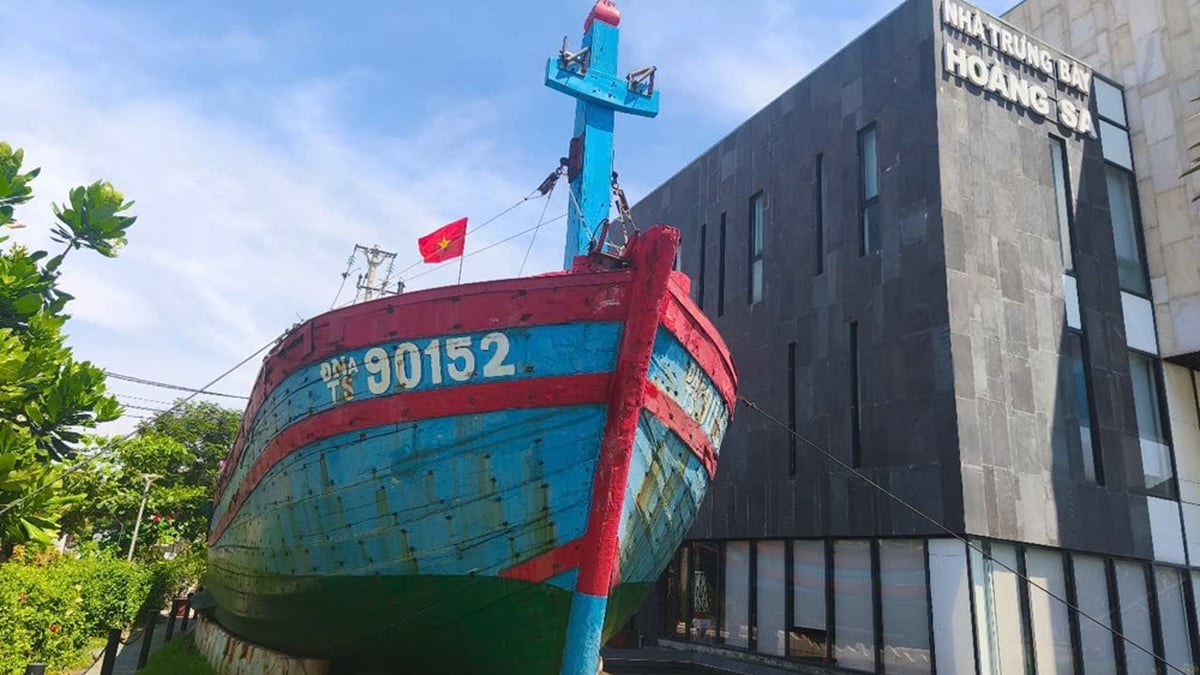

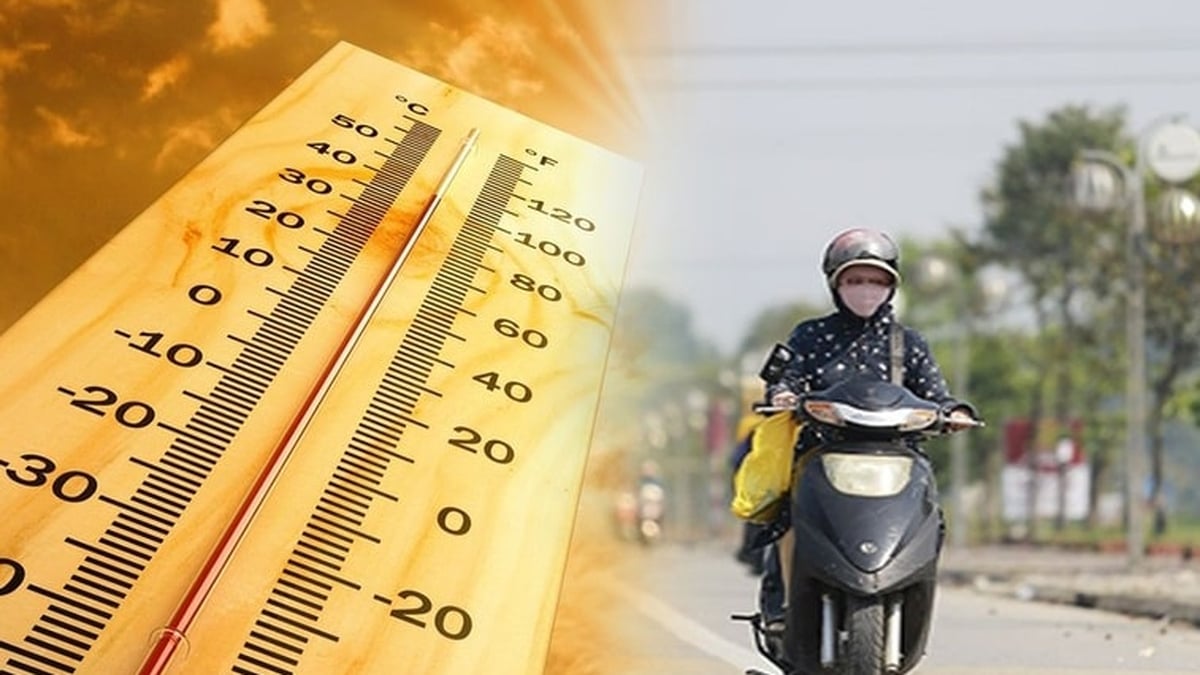




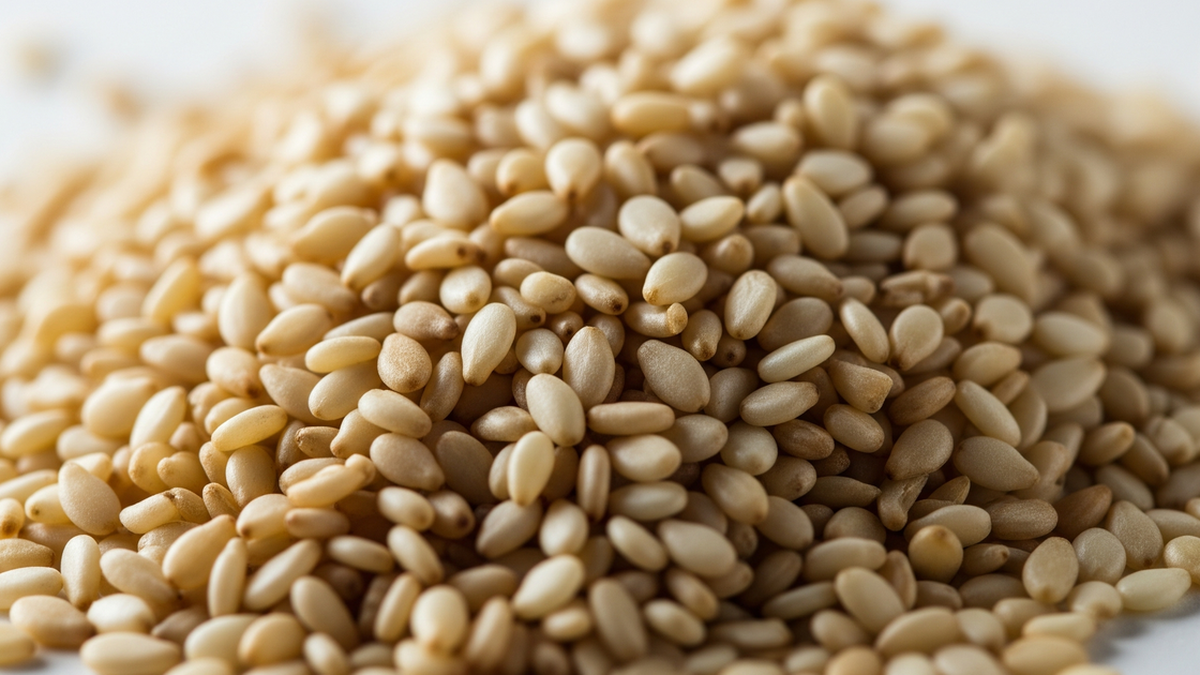
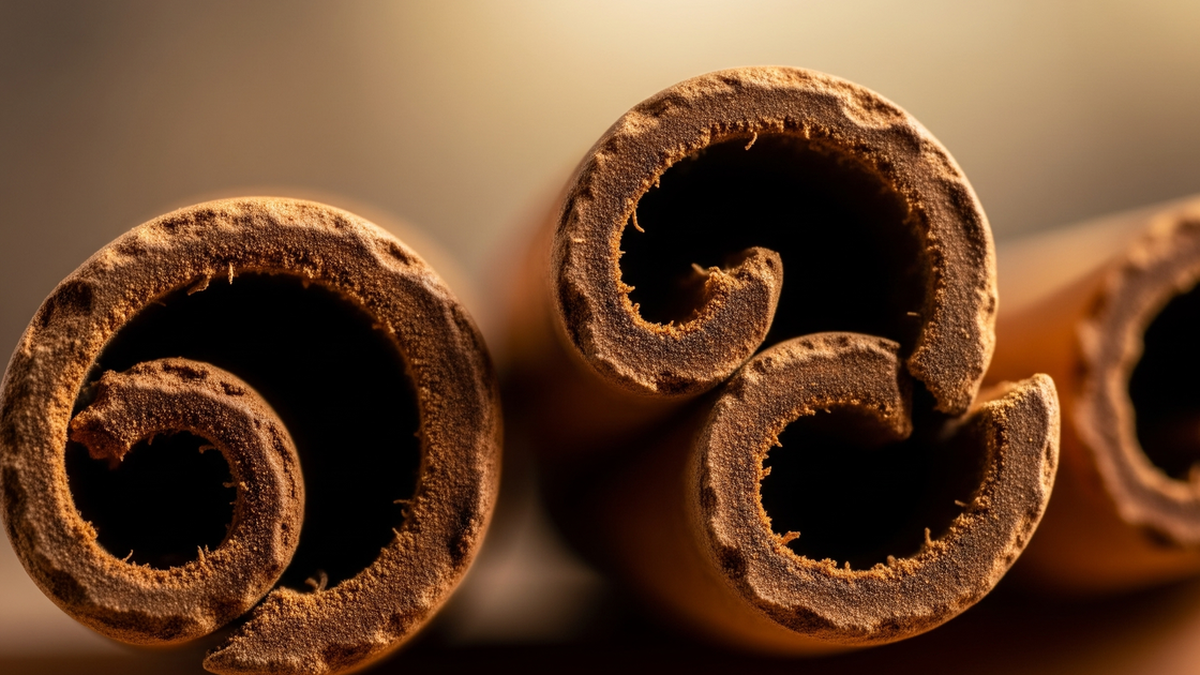









































![[Maritime News] More than 80% of global container shipping capacity is in the hands of MSC and major shipping alliances](https://vphoto.vietnam.vn/thumb/402x226/vietnam/resource/IMAGE/2025/7/16/6b4d586c984b4cbf8c5680352b9eaeb0)













































Comment (0)